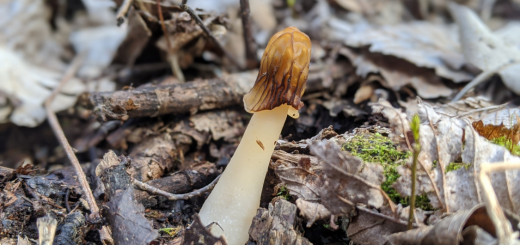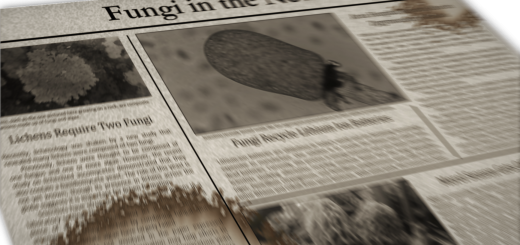#099: Gastrointestinal Irritants
Mushrooms produce a wide variety of compounds, most of which have not been studied. Many of these cause irritation to the gastrointestinal tract. Because this group of toxins is so varied, I doubt that scientists will ever bother to catalog all the compounds involved. As a result, most mushroom toxins will likely remain unclassified and lumped into the “gastrointestinal irritants”
Gastrointestinal (GI) irritants cause diarrhea, vomiting, cramps, and/or nausea. In severe cases, most commonly with Chlorophyllum molybdites, blood may be present in the excrement and vomitus. These symptoms usually begin between 20 minutes and 4 hours after ingestion. If symptoms do not appear for longer than 6 hours, you should seek emergency care because you likely consumed a toxin that can damage your liver and/or kidneys (such as an amatoxin). If you do seek emergency care, bring a sample of the mushroom for identification. Treatment of poisoning with GI irritant toxins focuses on alleviation of symptoms. Diarrhea and vomiting may cause dehydration, which can be easily treated. Death from GI irritants is uncommon, but may happen if dehydration is left untreated or if large amounts of the mushrooms are eaten (especially by children). GI irritation will clear up without further treatment in 3 to 4 hours with complete recovery by the next day.
GI irritants are confusing to study because not everyone reacts in the same way and to the same extent. Many symptoms are caused by personal sensitivities to common mushroom compounds, while others are caused by toxins that are designed to irritate the GI tract. Because of variations in personal sensitivities, it is advised that you only eat a small amount the first time you try a new, edible mushroom.
Symptoms also vary based on how thoroughly the mushroom has been cooked and on how young or old the mushroom is. For example, some people lack the enzyme trehalase and therefore cannot break down the carbohydrate trehalose, which is found in fungal cell walls. Young Agaricus bisporus (White Button, Portabello, etc.) mushrooms contain a lot of trehalose, and can cause diarrhea in susceptible people if the mushrooms are not cooked enough.
GI irritant toxins act in a few different ways. Some act on the lining of the gut (such as phenolic compounds in some Agaricus species), while others work on peripheral nerves in the GI tract, and others are carried by the bloodstream to nerve centers controlling GI function (such as terpines in Omphalotus species). Each of these mechanisms results in diarrhea and vomiting, which discourages animals from eating the mushrooms again. Many mushrooms, such as Chlorophyllum molybdites, likely contain multiple types of GI irritants.
See Further:
http://www.mykoweb.com/TFWNA/P-53.html
http://www.namyco.org/mushroom_poisoning_syndromes.php#gastro
http://www.botany.hawaii.edu/faculty/wong/BOT135/Lect18.htm (See Group VIII)









![#011: Characteristics of Kingdom Fungi [Archived]](https://www.fungusfactfriday.com/wp-content/themes/hueman/assets/front/img/thumb-small-empty.png)

1 Response
[…] has even fewer edible species, since most mushrooms in that genus cause gastrointestinal distress (FFF#099). The most interesting stropharioid mushrooms belong to the genus Psilocybe. Many Psilocybe […]